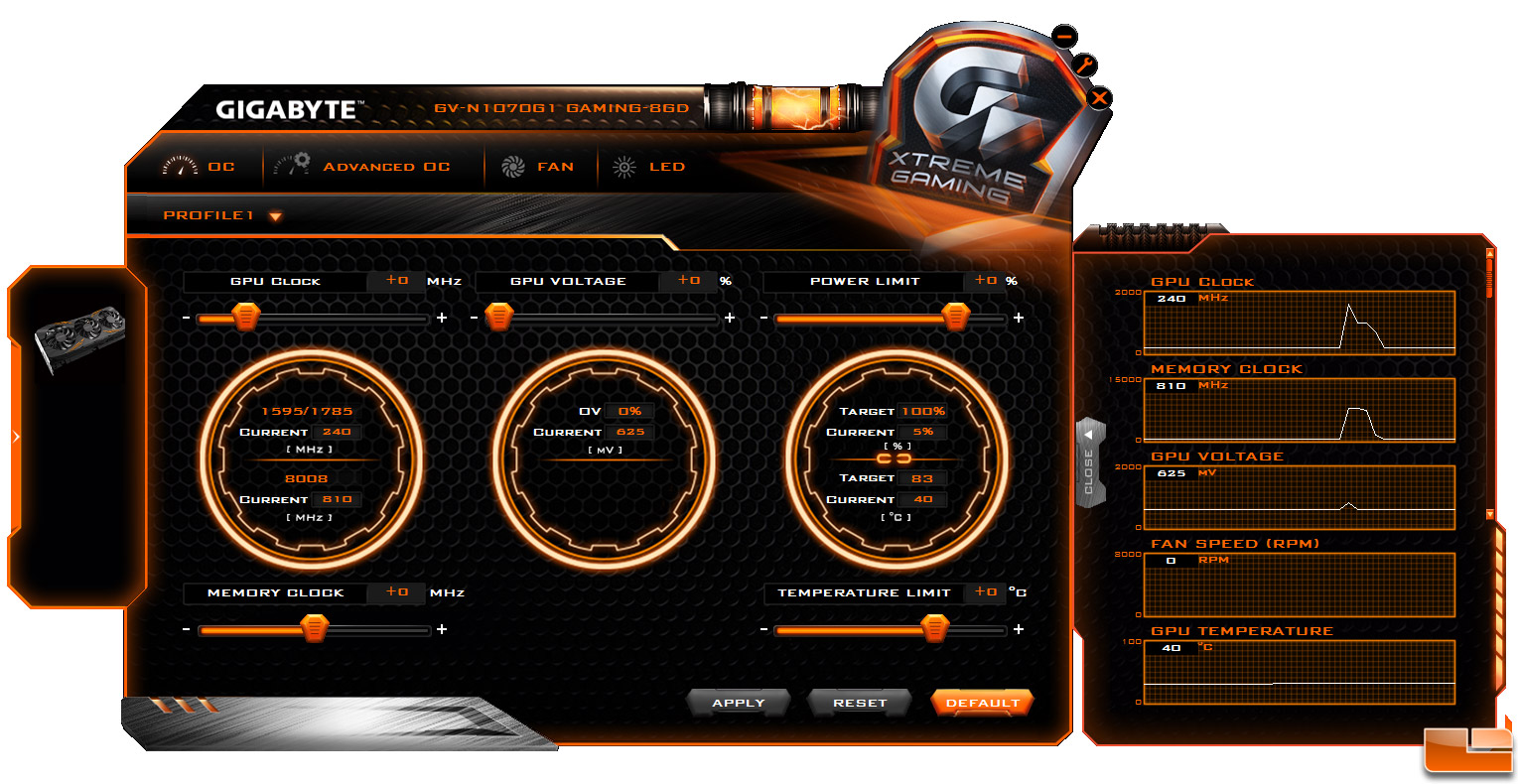- Rockwell Port Devices Driver Download Windows 7
- Rockwell Port Devices Driver Download
- Rockwell Port Devices Driver Download Free
- Rockwell Port Devices Driver Download Mac

Once the driver installation is complete, you should see the device reappear in the Device Manager window as a usable COM port. The number will vary depending on how many devices you have plugged into your computer. The RedBoard will appear as a USB Serial Port, as shown in the left image. Our Bulletin 1485 Auxiliary Power Media connection devices are based on a 4–pin connector system and is used to provide 24V DC power to I/O modules and other devices separately from network power. Running separate power to these devices is typically used for I/O devices with output connections to prevent power supply interruption due to. Download the Windows CH340 Driver; Unzip the file; Run the installer which you unzipped; In the Arduino IDE when the CH340 is connected you will see a COM Port in the Tools Serial Port menu, the COM number for your device may vary depending on your system. Older Windows Driver Version and Instructions. Download the Windows CH340 Driver; Unzip.
This article helps to fix an issue in which Windows 10 doesn't install specific drivers for USB audio devices on the first connection.
Original product version: Windows 10, version 1703
Original KB number: 4021854
Symptom

When you connect a USB audio device to a Windows 10 Version 1703-based computer the first time, the operating system detects the device but loads the standard USB audio 2.0 driver (usbaudio2.sys) instead of the specific device driver.
Cause
This issue occurs because the USB audio 2.0 driver (usbaudio2.sys) isn't classified as a generic driver in Windows 10 Version 1703. Therefore, the system assumes that a compatible, nongeneric driver is installed for the device even though the driver is generic.
This issue also causes Windows 10 Version 1703 to postpone the search for other compatible drivers through Windows Update that typically occurs immediately after you install a new device.

Resolution
To fix this issue, use one of the following methods.
Method 1
To resolve this issue, install update 4022716.
Rockwell Port Devices Driver Download Windows 7
Method 2
If the device-specific driver is distributed through Windows Update, you can manually update the driver by using Device Manager. For more information about how to do this, see update drivers in Windows 10.
Method 3
If the device is not yet connected, first install the device-specific driver, such as by using the appropriate installer. After the device-specific driver is installed, Windows 10 will select that driver instead of the standard USB audio 2.0 driver when you first connect the device.
Note

See the device manufacturer's user guide for specific instructions about how to install the driver.
Method 4
If the driver isn't distributed through Windows Update, you can manually reinstall the driver. To do this, follow these steps:
Rockwell Port Devices Driver Download
- Install the device-specific driver (see Method 2).
- Open Device Manager.
- Right-click (or tap and hold) the name of the device, and then select Uninstall.
- Restart the computer.
When it restarts, Windows will try to reinstall the device by using the device-specific driver.
No the key switch or PLC mode does not matter to RSLinx or RSWho.Usually when you plug in a new device through USB you hear Windows 'ding' as it detects the hardware. Are you getting that sound as you plug and unplug the USB cable?
I have also had issues with Windows 7 and USB 3.0 ports. USB 3 is not natively supported in Win7 so the right drivers are critical. I've had machines that would see my device, but when I unplug it locks up the USB port. So plugging and unplugging had no effect. I had to reboot to get it to see the connection. I moved my machines to Win10 where USB 3 is natively supported and those issues went away.
Anyway....a couple suggestions.
Rockwell Port Devices Driver Download Free
- Try a different USB port. Avoid the USB 3.0 ports. Typically these are either blue or they are labeled as 'SS' for SuperSpeed. At least that's how Dell labels them.
- Delete your USB drivers from the Windows Device Manager. Go into the Device Manager and Universal System Bus Controllers and uninstall (don't delete files) any Intel or other branded drivers. Don't worry about the 'generic' or 'Root Hub', as they will delete automatically. After uninstalling right-click and select 'Scan for hardware changes' and those devices will all reinstall.
- Delete the Rockwell Automation USB CIP Device from the Device Manager. Plug the cable back in and it should reinstall.
- Do a Windows Update. New USB drivers may be available. If for some reason you did not have the proper USB CIP driver, Windows Update will get it for you.

Rockwell Port Devices Driver Download Mac
OG